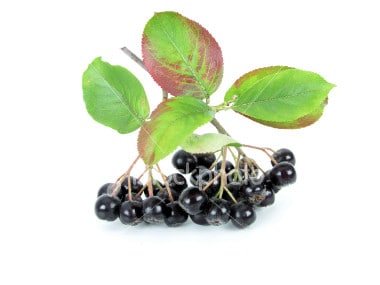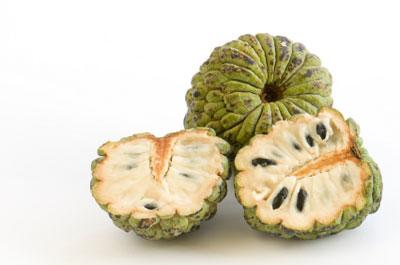The Duku is a tropical fruit also found predominantly in the South East Asian region and in abundance in Malaysia. However, the fruit does not travel well so you don’t find it exported and even in the big city its not easy to find fresh Duku fruits.
The Duku has a hard outer skin unlike the Duku Langsat. The skin is a golden ochre shade and is thick. When opened, the opaque flesh covered seeds are revealed. This is the edible part. The size varies from that of a ping pong ball to a golf ball.
The taste is sweet-sour and if you aren’t careful, can be teeth-achingly sour. It is more flavoursome than the Duku Langsat so I prefer it. The way to choose a sweet Duku fruit is to lightly press the part near the tip of the fruit. If it gives easily, its likely to be sweet and if its hard to open, its likely to be sour. Also, it is said that a fruit with a tapered tip instead of a fully round fruit is more likely to be sweet.
Benefits of Duku
Judging from the composition of nutrients, the fruits are not too disappointing. Every 100 grams of fruit contained 70 cal calories, 1.0 g protein, 0.2 g fat, 13 g carbohydrates, minerals 0.7 g, 18 mg calcium, phosphorus 9 mg and 0.9 mg of iron. For the content of calories, minerals and substances iron, at a higher level compared with apples or oranges.
Other useful content is a dietary fiber or fiber. One of the substances that are useful to facilitate the digestive system, preventing colon cancer andcleanse the body from cancer-causing free radicals.
The main benefits of food crops as fresh fruit lanseum or other processed foods. Raw fruit is green, sticky and very acidic flavor. Along the mature fruit, the skin will turn yellowish and flesh will taste sweeter. Another useful section is a pale brown wood hard and durable, used for housepoles, furniture handles and so forth.

